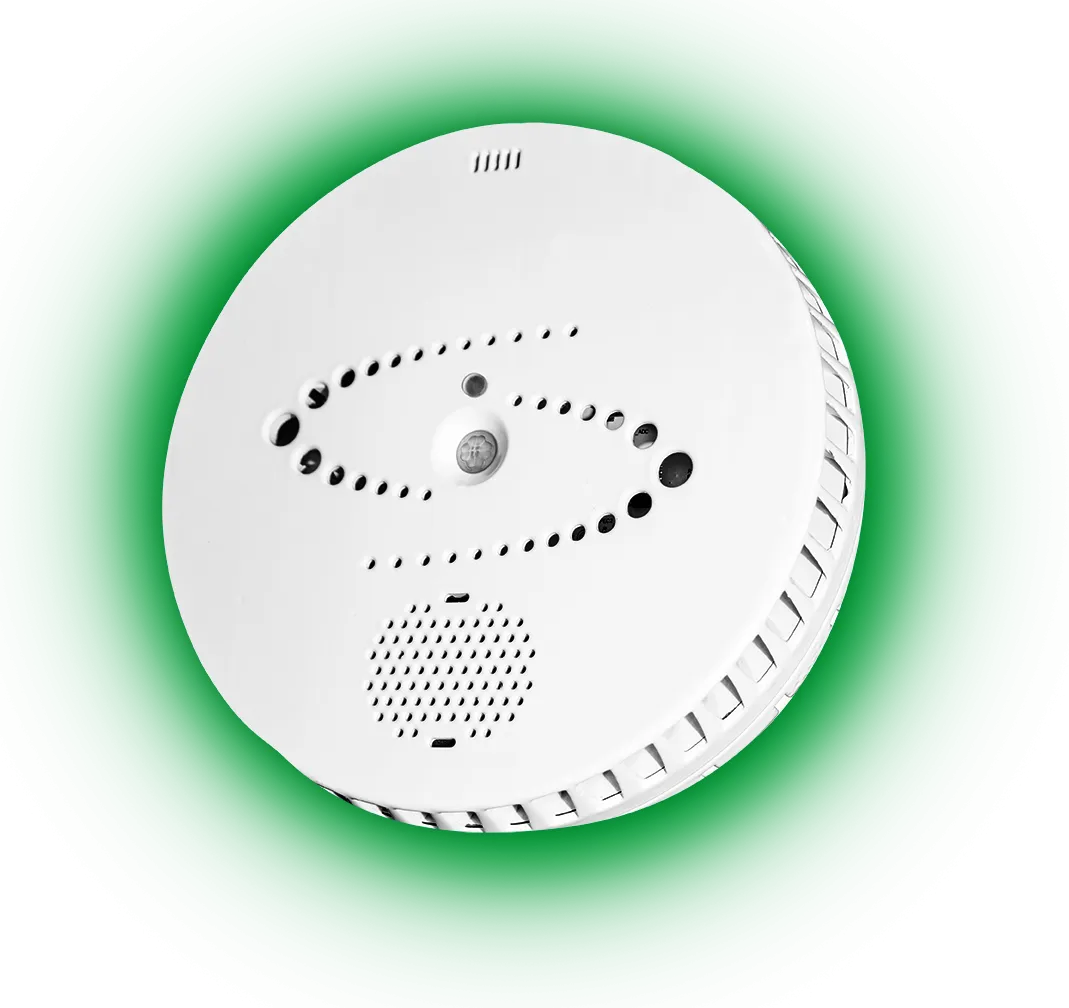
As the use of vaping products continues to rise, schools and public areas are facing new challenges in maintaining a safe and healthy environment. Vaping, often perceived as a less harmful alternative to smoking, can still pose health risks and create a disruptive environment. To address these concerns, many institutions are turning to advanced vape detection systems. This article explores some of the most effective vape detection technologies available today, highlighting their features, benefits, and potential drawbacks. vape detectors.
1. Air Quality Monitors
Air Quality Monitors are sophisticated devices designed to detect the presence of specific chemicals in the air. These systems work by analyzing air samples for volatile organic compounds (VOCs) and other substances commonly associated with vaping, such as nicotine, propylene glycol, and glycerin. When elevated levels of these substances are detected, the system triggers an alert.
Advantages:
- Comprehensive Detection: Can identify various vaping substances and pollutants.
- Non-Intrusive: Operates continuously in the background without directly interacting with individuals.
Drawbacks:
- Cost: High-quality models can be expensive.
- False Positives: Other sources of VOCs, like cleaning products or perfumes, might trigger alerts.
2. Smoke and Vapor Detectors
Smoke and Vapor Detectors are specifically designed to differentiate between traditional smoke and vapor. Unlike standard smoke detectors, these devices are tuned to recognize the unique particles present in vape emissions.
Advantages:
- Specialized Detection: Tailored to identify vapor rather than smoke, reducing false alarms.
- Ease of Installation: Often installed similarly to standard smoke detectors.
Drawbacks:
- Limited Scope: Primarily effective in detecting the presence of vapor but may not provide specific information about the type or concentration of substances.
3. Visual and Thermal Imaging Cameras
Visual and Thermal Imaging Cameras have been adapted to detect the presence of vapor through visual cues or changes in temperature. These systems use high-resolution cameras and thermal sensors to spot anomalies in the environment, such as the visible mist from a vape or changes in air temperature.
Advantages:
- Real-Time Monitoring: Provides immediate visual evidence of vaping activity.
- Versatile Use: Can be integrated with other surveillance systems for enhanced monitoring.
Drawbacks:
- Privacy Concerns: The use of cameras can raise privacy issues among students and staff.
- High Initial Investment: Costs can be substantial, particularly for advanced thermal imaging systems.
4. Handheld Detection Devices
Handheld Detection Devices are portable tools used by staff members to detect vaping in real-time. These devices often feature sensors that can quickly identify the presence of vape substances in the air.
Advantages:
- Portability: Can be carried around by staff for on-the-spot detection.
- Targeted Monitoring: Allows for focused checks in areas where vaping is suspected.
Drawbacks:
- Limited Range: Effective only in the immediate vicinity of the device.
- Manual Operation: Requires active use by staff, which may be impractical for continuous monitoring.
5. Smart Sensors with Data Analytics
Smart Sensors with Data Analytics offer a high-tech solution by combining vape detection with data analysis. These systems use sensors to collect data on air quality and vaping patterns, which is then analyzed to provide insights and trends.
Advantages:
- Data-Driven Insights: Helps identify patterns and problem areas over time.
- Integrated Systems: Often integrates with existing building management systems for comprehensive monitoring.
Drawbacks:
- Complexity: Requires more sophisticated setup and maintenance.
- Privacy Issues: The extensive data collection might lead to concerns about data security and privacy.
Conclusion
As vaping becomes increasingly prevalent, schools and public areas must adopt effective strategies to manage its impact. The choice of vape detection system will depend on various factors, including budget, the specific needs of the environment, and privacy considerations. Whether opting for air quality monitors, specialized detectors, cameras, handheld devices, or smart sensors, the goal remains the same: creating a safer and healthier space for everyone. Each technology offers unique benefits and challenges, and the best choice will vary depending on the specific context and requirements of the institution.
